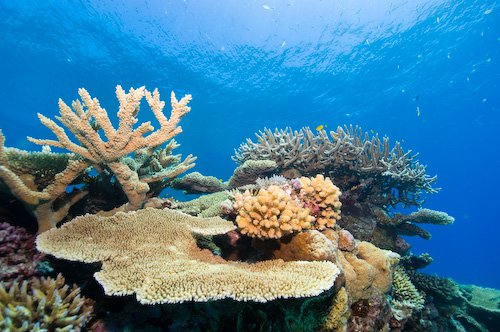Coral Biodiversity Expedition #1
Monitoring the relationship between coral and fish biodiversity is the focus of Dr Zoe Richard’s latest expedition to beautiful Lizard Island....

© Giles Winstanley
The loss of coral reef biodiversity is looming as a critical consequence of rapid global change. In the hope of protecting the diversity of coral reefs, it is vital to understand which species are present, and which species are common or rare.
Armed with this information it is possible to detect change before it is too late to implement strategies that may assist in halting or reversing them. However, corals are notoriously difficult to identify, so few species-level datasets exist. Hence, judgements about the condition of coral communities are often based on broad habitat data (e.g. the level of coral cover).
While surrogate biodiversity data (such as coral cover) is a vital aspect of cost-effective monitoring programmes, the suitability, efficiency and power to detect change in biodiversity using broad data has not been thoroughly tested. In a new project about to be undertaken by coral biodiversity expert Dr Zoe Richards, the relationships between coral biodiversity, coral cover, fish biodiversity, herbivore and predatory density and habitat complexity will be examined for the first time.
Fieldwork for this exciting new project named “Manage Ecosystems, Monitor Species” will be conducted at the Australian Museum’s Lizard Island field station in September and Dr Richards will be accompanied in the field by fish biodiversity experts Mr Michael Emslie and Dr Daniela Ceccarelli.
Read more from this expedition:

© Australian Museum


